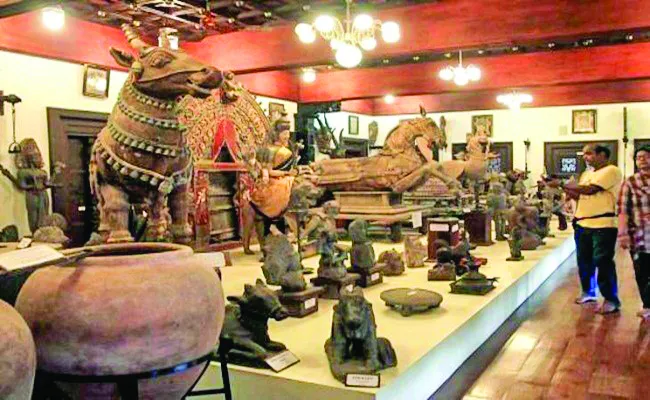In just 7 years, over 1800 women from the villages of Mirzapur have fought societal hurdles and age-old patriarchal practices to come forward and become master craftsmen, weaving the most spectacular and intricate carpets. Organized by one of India’s oldest carpet maker companies, Obeetee, the exhibition will feature stories of women who fought societal norms and patriarchal practices to come forward and work against all odds. According to Obeetee, none of these women had stepped out of their homes before 2017 and in the last six years the company has seen a 400 per cent increase in women taking up the art of carpet weaving.
Some of the most remarkable works by these women weavers have been placed in Rajya Sabha and Lok Sabha in the new Parliament building. The women handcrafted 158 carpets for the Lok Sabha and 156 for the Rajya Sabha before stitching them into a single carpet in the form of a semicircle to sync with the architecture of each of the houses.“We have trained nearly 1800 women in the art of carpet weaving and all of them are now active weavers. Their example is important – to become self-sustainable and financially independent. Their dedication and hard work at display during this program makes us proud,” Rudra Chatterjee, chairman, Obeetee said in a statement.
Originally from Nepal who became a mother of four children by the time she had turned 25 and a homemaker with no education, her husband was addicted to alcohol and gambling.
“We would go hungry day after day. My husband who was a weaver was very irregular with his work, thanks to his addictions. He would go one day and stay home for the next five. I didn’t understand the local language and was desperate to find a way to get food in the house. I couldn’t see my children starving,” said Rekha Devi.
“I would go from home to home, asking for a loan to buy food. Nobody helped. They told me I would never be able to pay back. It was humiliating and exhausting. It was then that I found out how Obeetee was training women in the fine art of carpet weaving and also paying them money to learn the craft.
“I decided to go for it. The resistance was tremendous at first, both from within my household and fellow villagers. They questioned me on how a woman can go out of her home and work. But I fought it,” she added.
Today Rekha Devi is a master weaver who can tie a whopping 8000 knots a day on average and works 8-12 hours in an Obeetee run weaving centre.
“I run the house now. All my four children now go to school. Now I help others with money to run their house,” she said with a big broad smile on her face.
India does face a serious challenge with its female labour force participation. While the country has been on a high growth trajectory, women’s participation in the economy continues to be limited. The Periodic Labour Force Survey (PLFS) 2020 found that only 18.6% of working-age women in India participate in the labour force. This is three times lower than men. According to Bloomberg, closing the employment gap between men and women could expand India’s GDP by close to a third by 2050.







